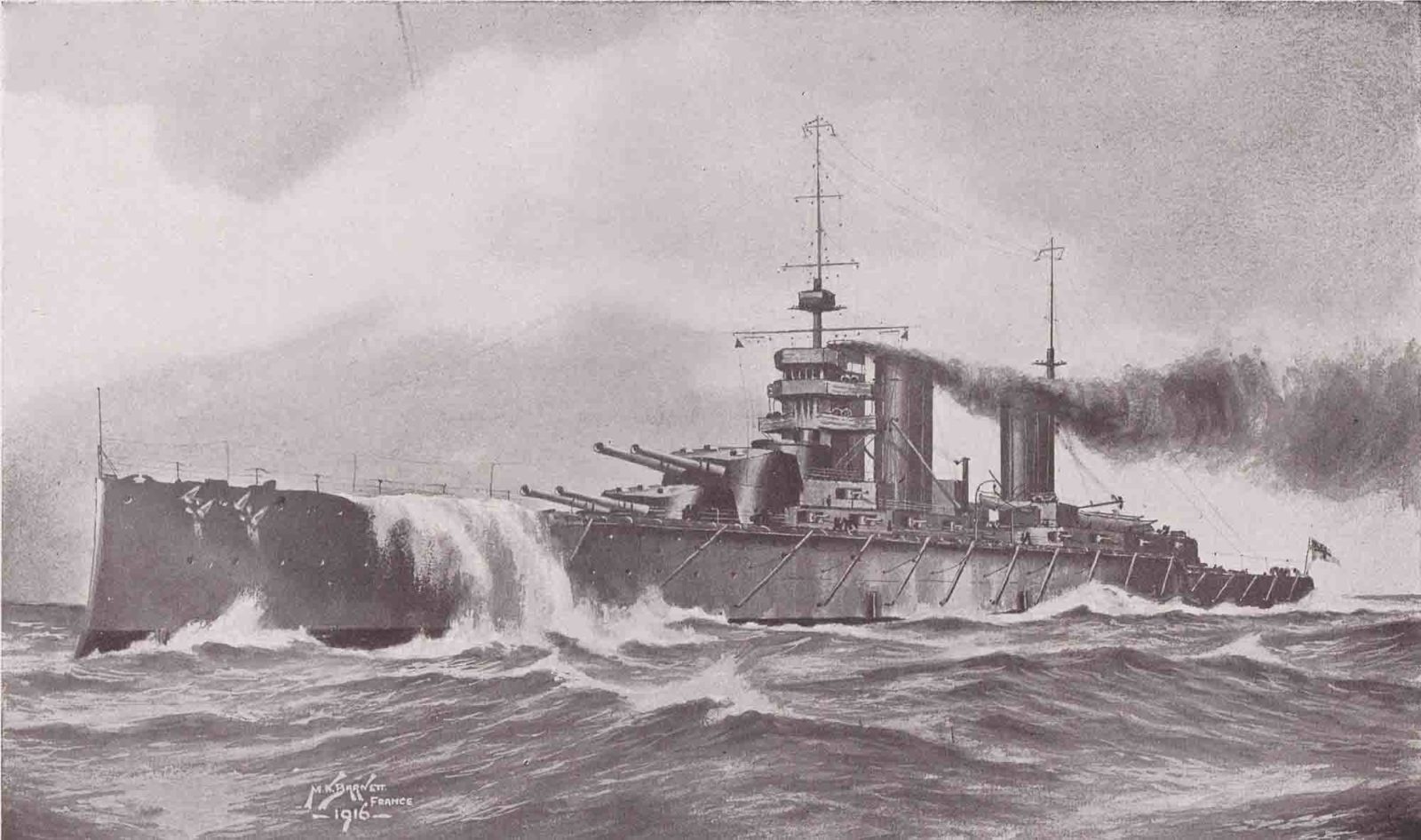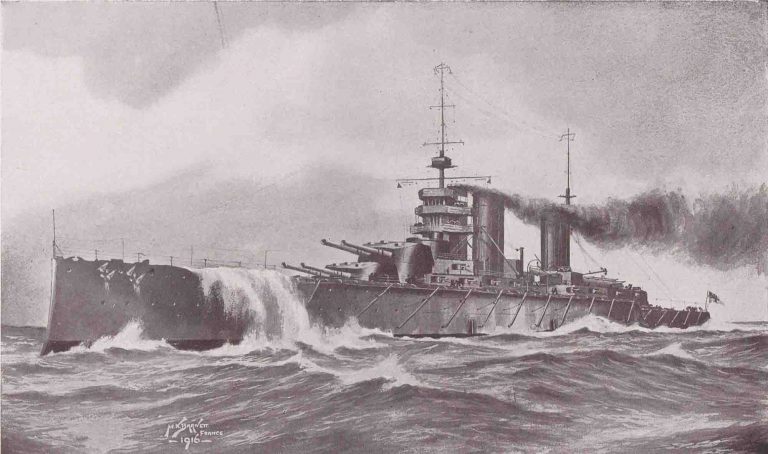As the 100th anniversary of the WW1 Battle of Jutland looms, an investigative news website called The PipeLine has revealed details of alleged systematic looting of the wreck of battlecruiser HMS Queen Mary by a named Dutch-based salvage company.

The North Sea battle took place on 31 May/1 June, 1916, and Queen Mary went down with 1266 crew, the largest single death toll on any British ship at Jutland. Twenty-five of the 250 vessels engaged were sunk during the action, and nearly 10,000 sailors died, two-thirds of them British.
According to Andy Brockman, who wrote The Pipeline’s report, the UK Ministry of Defence has known about the illicit salvage since at least early 2011. The website worked with a group of maritime archaeologists to hand the MoD evidence in spring 2015, yet Brockman says that the ministry has taken no action since to protect the site or pursue offenders.
The evidence presented was said to include photographs showing a converted trawler, believed to be the mv Good Hope and belonging to Dutch-based salvage company Friendship Offshore BV, removing identifiable material from the Queen Mary site. A UK national was alleged to have been aboard the salvage vessel.
Although war graves are not recognised in international waters, in theory Jutland wrecks are protected by Sovereign Immunity, under which state-owned vessels cannot be salvaged without that state’s consent.
HMS Queen Mary is also designated a “protected place” under Britain’s 1986 Protection of Military Remains Act, so any UK national engaging in salvage could be prosecuted.
This designation did not take place until 2006, and Brockman suggests that this may have been an eventual reaction to “the increasing amount of hard evidence from archaeological surveys that the vessels were being attacked by salvors”.
Much of this evidence has come from archaeologist-diver Dr Innes McCartney, whose surveys since 2000 have revealed suspected salvage on at least 15 of the identified wrecks. Until now, however, no one salvor had been named in connection with the damage.
Maritime archaeologists have long alleged that the MoD is indifferent to the fate of sunken warships, and that from time to time it has issued lucrative salvage contracts to scrapmetal dealers.
Next year the UNESCO Convention on the Protection of the Underwater Cultural Heritage, which applies to all wrecks more than 100 years old, also comes into force for theoretical protection of the Jutland wrecks.
The PipeLine says that Friendship Offshore BV has ignored requests to respond to its article. Read it and see the photographs at http://thepipeline.info/blog/2016/05/22/exclusive-named-the-salvage-company-which-looted-jutland-war-graves-as-mod-fails-to-act/
23-May-16

